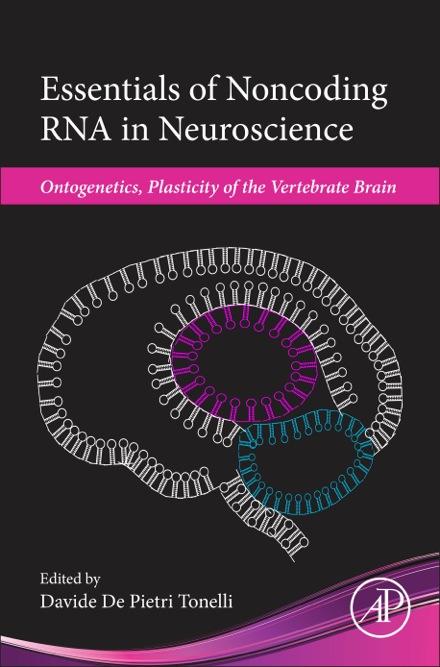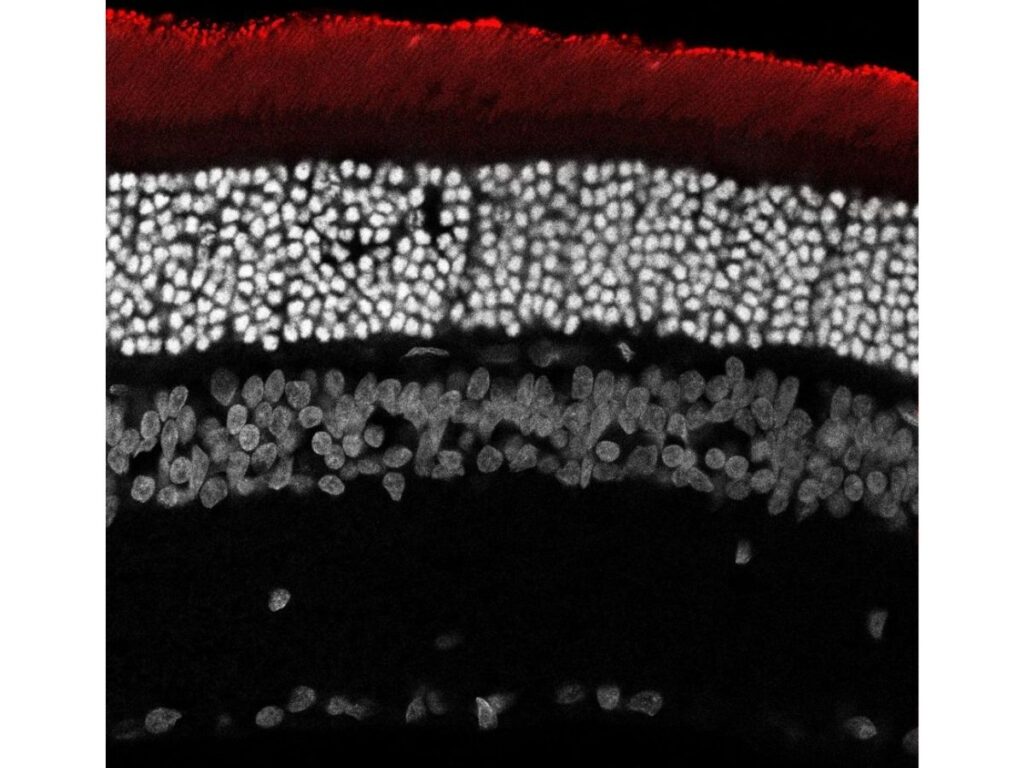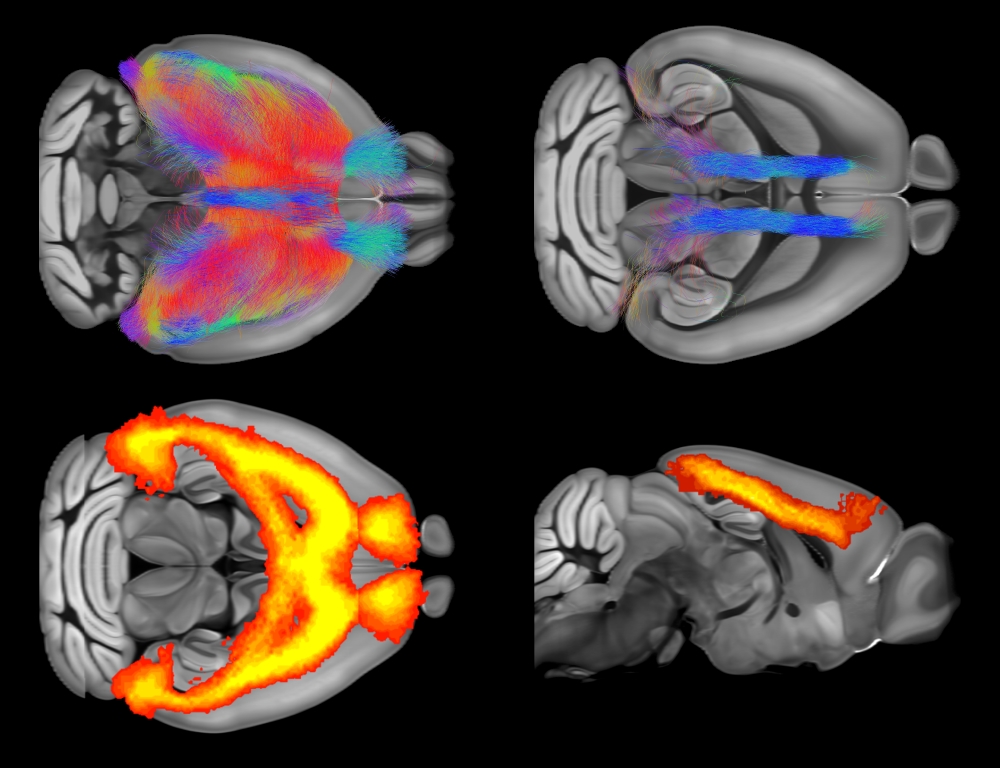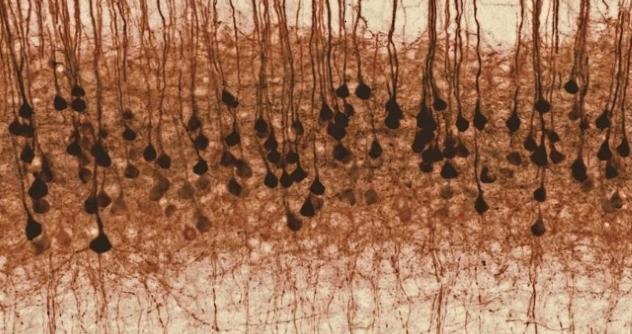The Book “Essentials of Noncoding RNA in Neuroscience: Ontogenetics, Plasticity of the Vertebrate Brain“, Editor Davide De Pietri Tonelli, Group leader of the Neurobiology of microRNA lab (IIT, Genova) will be published by Elsevier next June

Now available in pre-order, the book “Essentials of Noncoding RNA in Neuroscience: Ontogenetics, Plasticity of the Vertebrate Brain“, edited by Davide De Pietri Tonelli, Group leader of the Neurobiology of microRNA lab (IIT, Genova), will be published by Elsevier next June
This is the first volume summarizing recent knowledge about RNAs that “do not encode” for proteins known as “noncoding RNAs” (ncRNAs) in neurosciences; with particular emphasis on the role played by these molecules in brain development and plasticity and their therapeutic applications for brain pathologies
Given that ncRNAs (such as microRNA and circular RNAs) do not encode for proteins, they were classically considered as “junk” RNAs. Currently, it is well know that ncRNA exert regulatory functions that are crucially involved in both brain development and function. Moreover, dysregulation of ncRNAs expression are associated with several brain diseases. After completion of the human genome sequencing in 2001, we discovered that less than 2% of our genome encodes for messenger RNAs (mRNAs) that are translated into proteins. In contrast 75% of our genome transcribes ncRNAs that regulate protein synthesis. Vice versa, the recent advent of “Deep” RNA sequencing technologies has shown that ncRNA are more represented than mRNAs. Indeed the ratio of ncRNAs/mRNAs molecules is 47:1 in any given human cell. In the last ten years, our knowledge in the field of ncRNAs has dramatically grown: at the time of the present writing we know that ncRNAs control mRNAs transcription, their stability and translation into proteins in virtually all organisms, including humans.
In brain, the role of ncRNAs is particularly important compared to other organs. Nearly all the billions of neurons and glial cells that compose the brain are generated during in utero or postnatal development, and most of these cells are kept in our brain throughout life span. Thereby, the adaptation of brain neural networks to external stimuli (or plasticity) allows brain to learn. Neural plasticity requires the constant adaptation of signals exchanged between neurons and glial cells. This adaptation occurs also thanks to the fine tuning of protein (e.g., receptors for neurotransmitters) synthesis and turnover. It follows that ncRNA, by regulating protein production, play a central role in brain learning.
Understanding the mechanism of ncRNAs-mediated regulations, which proteins are target of such mechanism and how to use ncRNAs for the early diagnosis and therapy of brain pathologies is certainly one of the biggest challenge for the years ahead. Indeed, research on ncRNAs is dramatically growing field a very timely topic, which will be also central to many projects of the “Human Technopole”. On the other hand the knowledge we will gain in this field might allow future development of innovative biomedical applications in neuroscience, such as novel approaches for early diagnosis and innovative therapies for brain diseases, such as Alzheimer’s, Parkinson and perhaps even to slow brain ageing.
The book is divided into 16 chapters written by international experts in the filed of ncRNA:
Amy Pasquinelli (University of California San Diego, USA), Andrew Yoo (Washington University School of Medicine in St. Louis, USA), Artemis Hatzigeorgiou (Hellenic Pasteur institute; Athens, Greece), Benedikt Berninger (University of Mainz, Germany), Carlos Fitzimons (Univ of Amsterdam, The Netherlands), David Price (University of Edinburg, UK), Harold Cremer (CNRS, Marseille, France), Irene Bozzoni (Università Sapienza Roma, Italy), Murray Cairns (University of Newcastle, Australia), Nikolaus Rajewsky (The Max Delbrück Center for Molecular Medicine Berlin, Germany), Q. Richard Lu (Cancer & Blood Diseases Institute Cincinnati Children’s Hospital Medical Center), Stefania Nicoli (Yale, USA), Tom J Nowakowsky (University of California San Francisco, USA), Tommaso Pizzorusso (CNR, Pisa, Italy), Verdon Taylor (University of Basel, Switzerland), Wieland B Huttner (Max Planck institute of Molecular Cell biology and Genetics, Dresden, Germany).
Further info: https://www.elsevier.com/books/essentials-of-noncoding-rna-in-neuroscience/unknown/978-0-12-804402-5#




